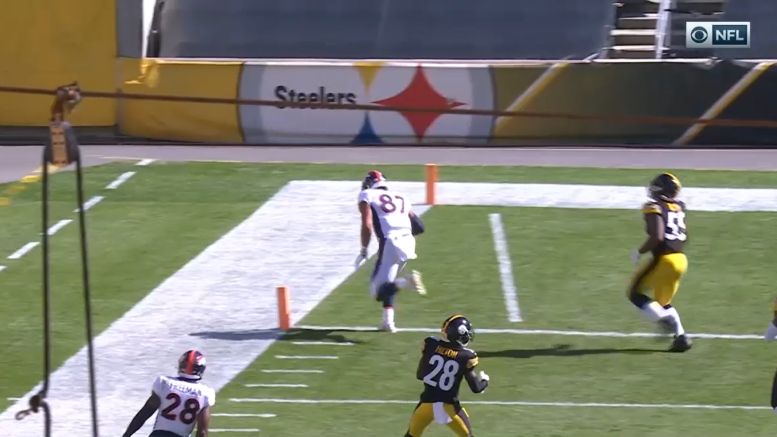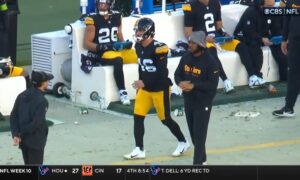The offseason is inevitably a period of projection and speculation, which makes it the ideal time to ponder the hypotheticals that the Pittsburgh Steelers will face over the course of the next year, whether it is addressing free agency, the draft, performance on the field, or some more ephemeral topic.
That is what I will look to address in our Buy or Sell series. In each installment, I will introduce a topic statement and weigh some of the arguments for either buying it (meaning that you agree with it or expect it to be true) or selling it (meaning you disagree with it or expect it to be false).
The range of topics will be intentionally wide, from the general to the specific, from the immediate to that in the far future. And as we all tend to have an opinion on just about everything, I invite you to share your own each morning on the topic statement of the day.
Topic Statement: The lack of a proper offseason has disrupted the Steelers’ ability to communicate and has led to a lagging pass defense surrendering big plays.
Explanation: While the Steelers actually rank second in completion percentage allowed, they rank no better than the middle of the pack in most other defensive passing statistics, outside of interceptions. Most troubling is their presence in the top five in explosive plays allowed.
Buy:
A year ago, the Steelers allowed only 42 explosive plays through the air on the season, an average of about 2.6 plays per game, and they had the fewest allowed after the first two weeks. Through three games this year, they have already allowed 13 explosive plays, which is an average of 4.33 per game, and would translate to nearly 70 on the season, which would have tied for the third-most in the NFL a year ago.
The coverage hasn’t been as tight this year as it was a year ago, and the way that we best know this is the fact that the pass rush this year has been as good or better than it was even a year ago. No doubt the secondary benefitted from the pass rush last year, but this year is no different. The defense only allowed opposing offenses even 200 yards passing last season three times after the Minkah Fitzpatrick trade.
Sell:
Fitzpatrick or not, however, the passing defense in the first three weeks was worse than the rest of the season. Even Fitzpatrick’s first game last year saw them allow 268 net passing yards. They only allowed more than that afterwards once, in the Los Angeles Chargers game.
Fitzpatrick obviously improved the defense, but the first three weeks of the season were clearly rougher than the rest, and that’s often the case. For example, the Seattle Seahawks just set a record, becoming the first team to ever allow 1200 passing yards in the first three games of a season.
The lack of an offseason didn’t help, but it’s not the reason the pass defense has not been as sharp as it should be. It’s almost always a process that comes together over the course of a season. Aside from that, they have spent most of their time playing with leads, whereas last year they were often playing from behind.
They faced the fourth-fewest number of passing attempts in 2019 and gave up the third-fewest yards. This year, they have seen the 12-most pass attempts through three games and are on pace to face about 10 percent more pass attempts than last season. Their net yards per pass attempt is about the same. 5.5 last year, and currently 5.8 this year, tied for fifth-best.








